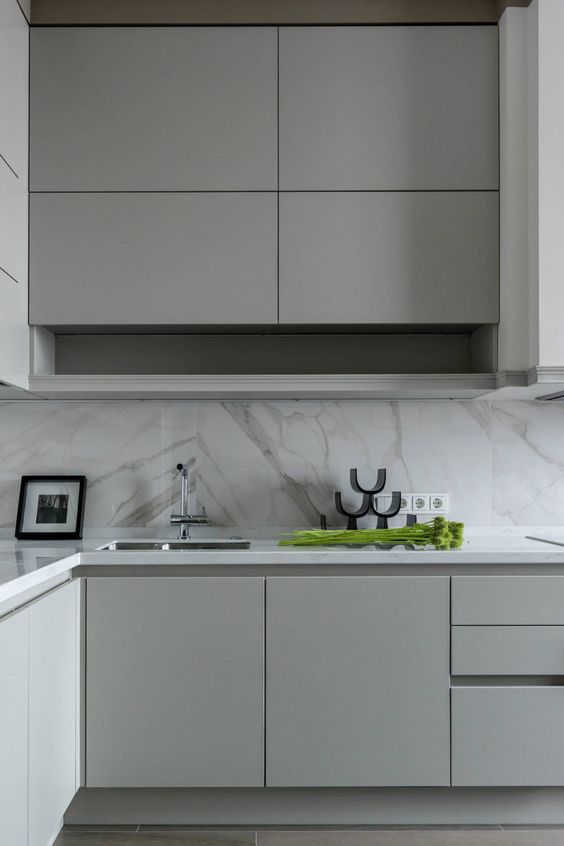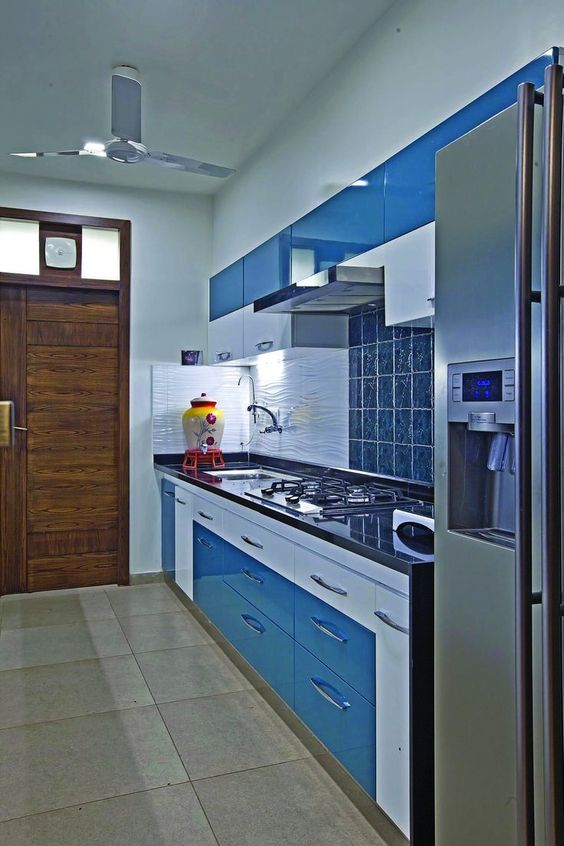Guide to choosing the perfect Kitchen Cabinets
Outline of the Article:
- Introduction to Kitchen Cabinet
- The Importance of High-Quality Kitchen Cabinets
- Types of Kitchen Cabinets
- Base Cabinets
- Wall Cabinets
- Tall Cabinets
- Choosing the Right Material for Kitchen Cabinets
- Wood
- Laminate
- Metal
- Custom vs. Stock Cabinets: Which One to Choose?
- Factors to Consider Before Buying Kitchen Cabinets
- Budget
- Kitchen Layout
- Durability
- Aesthetic Appeal
- DIY vs. Professional Installation of Kitchen Cabinets
- Tips for Maintaining Kitchen Cabinets for Longevity
- Kitchen Cabinet Trends in Modern Interior Design
- How Kitchen Cabinets Can Transform the Look of Your Kitchen
- Innovative Storage Solutions in Kitchen Cabinets
- Eco-Friendly Options in Kitchen Cabinet Design
- Enhancing Functionality with Smart Kitchen Cabinet Designs
- Kitchen Cabinet Accessories and Add-ons for Convenience
Introduction to Kitchen Cabinets:
The kitchen is the heart of any home, and kitchen cabinets play a vital role in keeping this space organized and clutter-free. They provide storage for cookware, dishes, and pantry items, ensuring easy access and efficient use of space. Additionally, they significantly impact the overall design and style of the kitchen. Here we will guide to choosing the perfect kitchen cabinets.
The Importance of High-Quality Kitchen Cabinets:
Investing in high-quality kitchen cabinets is essential for durability and functionality. Durable cabinets can withstand the daily wear and tear of a busy kitchen, while well-designed cabinets can enhance the overall look and feel of the space, adding value to your home.
Types of Kitchen Cabinets:
Base Cabinets:
Base cabinets are installed on the floor and serve as the foundation for countertops. They offer storage for larger kitchen items and come in various widths and depths to accommodate different kitchen layouts.

Wall Cabinets:
Wall cabinets are installed above the countertops and provide additional storage space for items that need to be easily accessible. They come in different heights and widths, allowing for customization based on the kitchen’s dimensions.

Tall Cabinets:
Tall cabinets, also known as pantry cabinets, are designed to maximize vertical storage space. They are ideal for storing dry goods, small appliances, and other kitchen essentials.

Choosing the Right Material for Kitchen Cabinets:
The choice of material for kitchen cabinets greatly impacts their durability and aesthetics. Different materials offer distinct advantages, and understanding these can help in making an informed decision.
Wood:
The Wooden cabinets are a popular choice for their timeless appeal and durability. They come in various types such as oak, maple, cherry, and birch, each offering unique characteristics that can complement different kitchen styles.

Laminate:
Laminate cabinets are known for their easy maintenance and affordability. They come in a wide range of colors and patterns, making them a versatile option for various kitchen designs.

Metal:
Metal cabinets provide a sleek and modern look to the kitchen. They are highly durable and resistant to heat, moisture, and stains, making them suitable for high-traffic kitchens.

Custom vs. Stock Cabinets: Which One to Choose?
The decision between custom and stock cabinets depends on individual preferences, budget, and the specific requirements of the kitchen space. Custom cabinets offer more flexibility in terms of design, size, and materials, while stock cabinets are readily available and cost-effective.
Factors to Consider Before Buying Kitchen Cabinets:
Before purchasing kitchen cabinets, several factors should be taken into account to ensure a well-informed decision that aligns with both your practical needs and aesthetic preferences.
Budget:
Establishing a budget helps in narrowing down options and prevents overspending. It’s important to consider not only the initial cost but also long-term maintenance expenses.
Kitchen Layout:
Understanding the layout of your kitchen is crucial in determining the size and style of cabinets that will best fit the space and optimize functionality.
Durability:
Considering the durability of the materials used in the cabinets is essential to ensure they can withstand the demands of everyday use.
Aesthetic Appeal:
Harmonizing the design of the cabinets with the overall style of the kitchen is vital for creating a cohesive and visually appealing space.
DIY vs. Professional Installation of Kitchen Cabinets:
While DIY installation can be cost-effective, professional installation ensures precise fitting and reduces the risk of potential errors. Hiring professionals guarantee a seamless and efficient installation process, saving time and effort.
Tips for Maintaining Kitchen Cabinets for Longevity:
Proper maintenance is essential for prolonging the lifespan of kitchen cabinets. Regular cleaning, avoiding excessive moisture, and handling with care can help maintain their appearance and functionality for years to come.
Kitchen Cabinet Trends in Modern Interior Design:
Keeping up with the latest trends in kitchen cabinet design can provide inspiration for creating a contemporary and stylish kitchen. From minimalist designs to bold colors, staying informed about current trends can help in making a modern statement.
How Kitchen Cabinets Can Transform the Look of Your Kitchen:
Well-chosen kitchen cabinets have the power to transform the entire look and feel of the kitchen. They can elevate the aesthetics, create a sense of organization, and contribute to a more functional and efficient space for cooking and gathering.
Innovative Storage Solutions in Kitchen Cabinets:
Innovative storage solutions, such as pull-out shelves, drawer organizers, and built-in dividers, can maximize the use of space and improve the accessibility of kitchen items. These solutions help in keeping the kitchen organized and clutter-free.
Eco-Friendly Options in Kitchen Cabinet Design:
Opting for Eco friendly materials and sustainable manufacturing processes for kitchen cabinets contributes to environmental conservation. Choosing cabinets made from recycled materials or sustainable materials or sustainable wood can reduce the carbon footprint of your kitchen.
Enhancing Functionality with Smart Kitchen Cabinet Designs:
Integrating smart technology into kitchen cabinet designs, such as motion-sensor lighting and touch-open mechanisms, can enhance the overall functionality and convenience of the kitchen. These features simplify everyday tasks and improve the kitchen experience.
Kitchen Cabinet Accessories and Add-ons for Convenience:
Various accessories and add-ons, including lazy Susans, pull-out trash bins, and spice racks, can further enhance the efficiency and organization of kitchen cabinets. These additions make it easier to access and store kitchen essentials, improving the overall workflow in the kitchen.
Frequently Asked Questions:
What is the average lifespan of kitchen cabinets?
Kitchen cabinets can last anywhere from 15 to 50 years, depending on the quality of materials and proper maintenance.
Are wooden kitchen cabinets difficult to maintain?
Wooden cabinets are Regular.
Conclusion:
Conclusion:
Choosing the right kitchen cabinets is a crucial step in creating a functional and visually appealing kitchen space. Understanding the various types of cabinets, materials, installation options, and maintenance tips is essential for making informed decisions that align with your needs and preferences. By considering the factors outlined in this guide, you can ensure that your kitchen cabinets not only meet your practical requirements but also contribute to the overall ambiance of your home.
- You might be intrested to read this post as well.
- You might be intrested to read this post as well.
